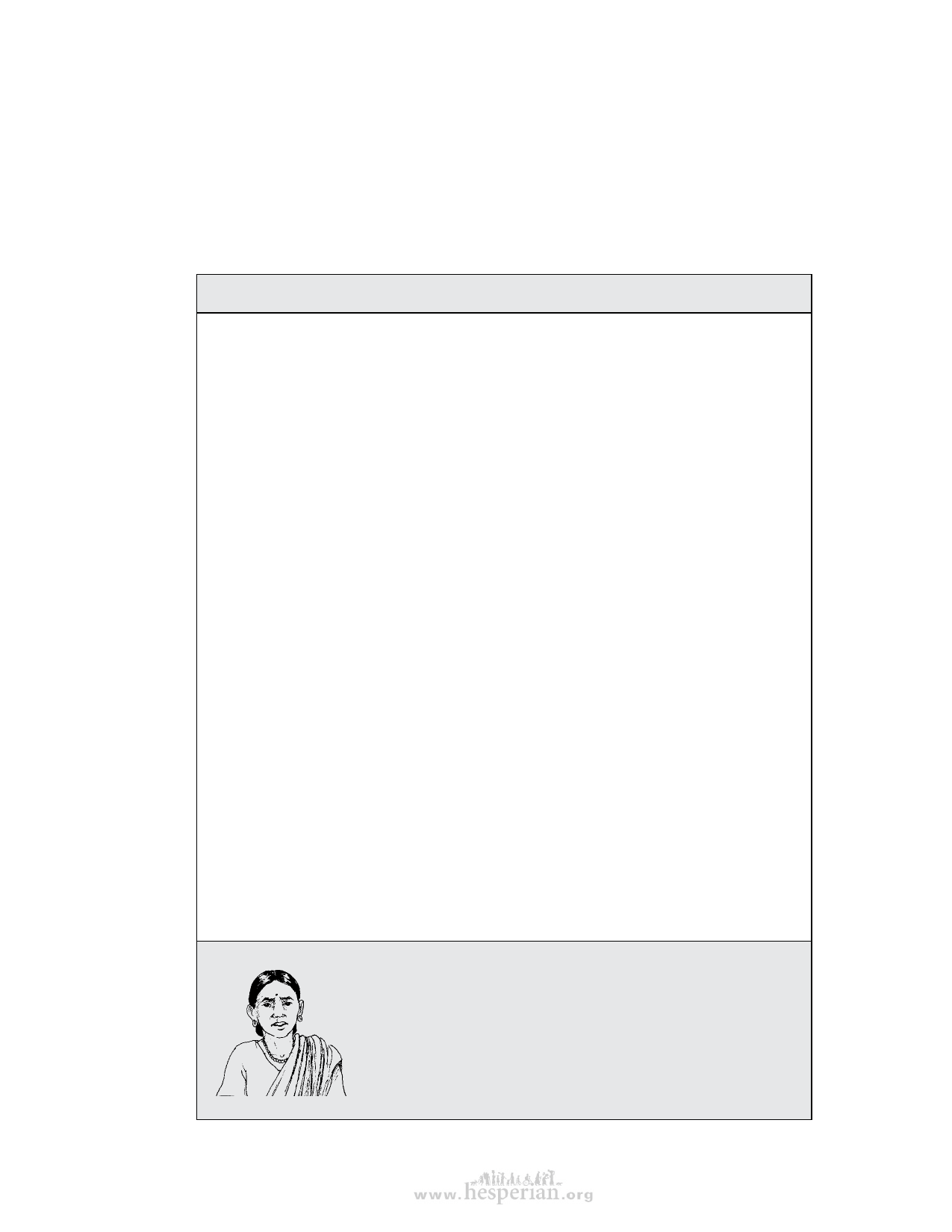
Water for Life
Most water is used — and polluted — by industry and agriculture
Industry and farming use — and pollute — much more water than the amount used
by people for their daily needs. This threatens the safety and availability of water for
household use.
Because water is a human right, governments are responsible to help meet people’s
need for enough, safe water. It often takes people working together to make sure the
government will honor and protect their rights to water security.
Industries and communities compete for water
Plachimada is a small village of rice and coconut farmers in the south of India. Farmers
there have long been able to make a good living because the rainfall is plentiful and
the soil is fertile. But a few years ago all of this began to change when the Coca-Cola
Company built a soft drink bottling factory on the edge of the village.
The company drilled deep wells to draw up groundwater to make the cola drink.
Every day the factory used 1.5 million liters of water. Villagers watched as trucks left
the factory day after day, carrying away the water that once fed their crops. After the
factory had been there for 2 years, villagers found that their crops were dying, their
household wells had less water than before, and the water was a strange color. When
they cooked rice with the water, it turned brown and tasted bad. When they drank or
bathed in the water, it caused skin rashes, baldness, pain in the joints, weak bones, and
nerve problems. The villagers began collecting water far from their homes to protect
their health.
During a time of severe water scarcity, more than 2,000 peaceful protestors led
by village women approached the Coca-Cola factory demanding that the company
leave and pay the villagers for the loss of water. The company responded by sending
a truckload of water to the village every day — but this was not enough to meet the
villagers’ needs. After 50 days of protests, police arrested 130 men and women. Many
months later, 1000 people marched to the factory and again the police arrested many of
them.
The struggle caused hardships for the people of Plachimada, but it also brought
them together to demand their right to safe water. After several years, the local
government began to support the people and ordered the company to stop using
groundwater in times of drought. But the State government said the company should
be allowed to continue using groundwater. The conflict went to court, where the
local government supported the people of Plachimada, while the State government
supported the company.
The people of Plachimada continue to suffer health problems and continue to
collect water from far away. But their demand for the human right to water has
received attention throughout India and the world, and their struggle has inspired
many others to raise their voices. The people of Plachimada say that in a world where
there is not enough safe drinking water, it makes no sense to use this precious resource
to produce sweet, luxury drinks — especially if people are made sick in the process.
7
Health worker discussion questions:
• How could the company share water more fairly with
the villagers?
• Does the government have a responsibility to protect
people’s right to water and health?
• Are there ways that your community’s need for water
might be better met by your local government?